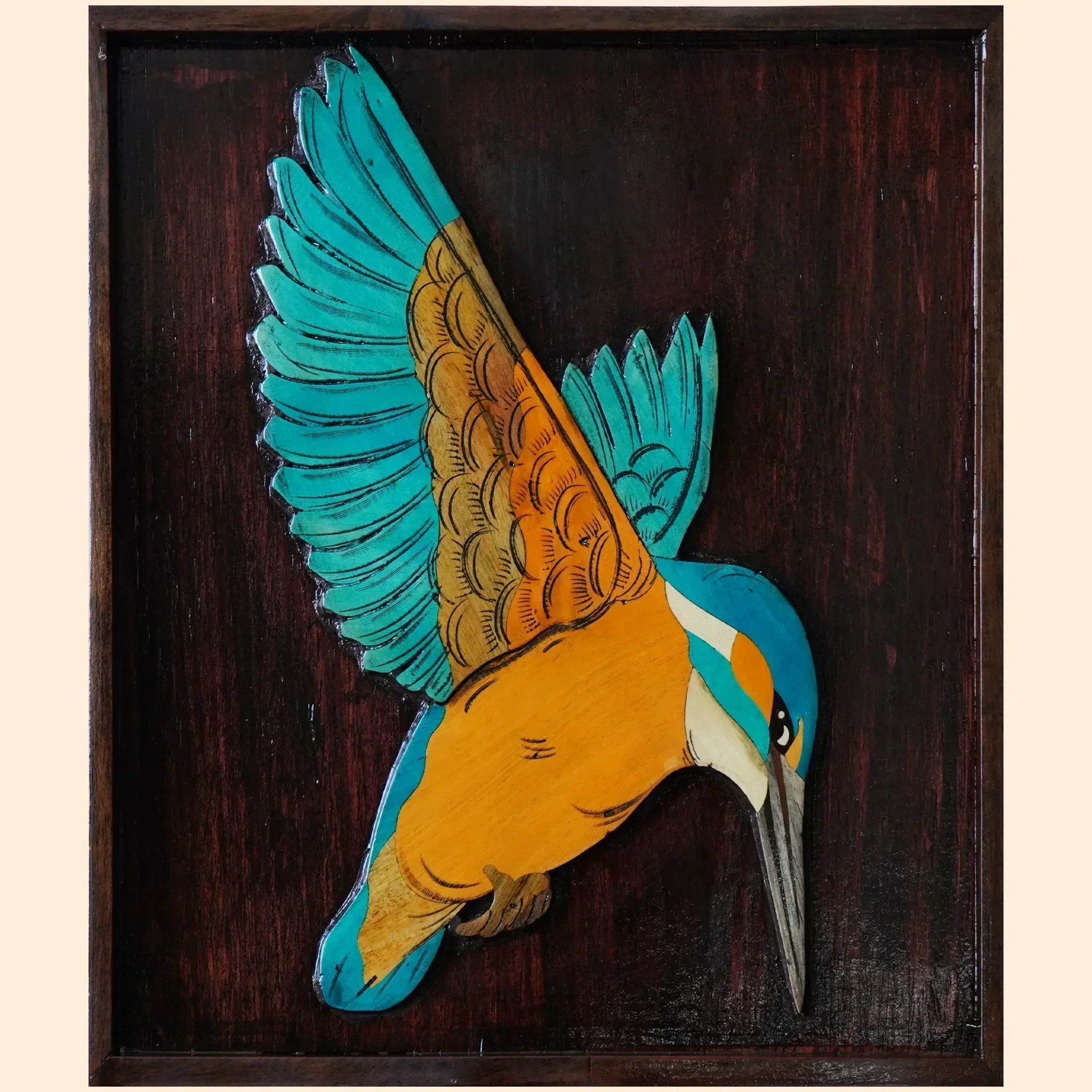The Enchanting Symphony of Mysore Rosewood Inlay Art: A Journey Through India's Artistic Soul

Introduction
In the lush landscapes of Karnataka, a traditional art form has been quietly preserving the cultural tapestry of India for centuries. Mysore Rosewood Inlay Art, a distinctive craft that marries the elegance of rosewood with the vibrancy of various materials, stands as a testament to the artistic marvels of Mysore. This craft isn't just an art; it's a storytelling medium, where each piece narrates tales of heritage, tradition, and unparalleled skill. Journey with us as we unveil the secrets of Mysore Rosewood Inlay Art, exploring its history, techniques, and enduring charm that continues to inspire.
The Roots of Mysore Rosewood Inlay Art
The genesis of Mysore Rosewood Inlay Art traces back to the era of kings and queens, where it adorned the palaces and sacred temples, signifying opulence and spirituality. This art form was patronized by the royalty of Mysore, who were known for their deep appreciation of arts and crafts. The intricate process of inlaying, which involves embedding pieces of ivory, mother of pearl, and metal into rosewood, was perfected by skilled artisans whose legacy continues to this day.
The Artistic Process Unveiled
The creation of Mysore Rosewood Inlay Art is a meticulous process that demands patience, precision, and creativity. It begins with the selection of the finest rosewood, known for its durability and natural sheen. Artisans then sketch traditional designs – inspired by mythology, nature, and the architectural marvels of Mysore – onto the wood. What follows is the delicate task of carving and inlaying, where materials such as brass, copper, and ivory (now replaced by eco-friendly alternatives) are intricately cut and inlaid into the wood. The piece is then polished, highlighting the contrast between the dark rosewood and the luminous inlay, creating a mesmerizing effect.
The Cultural Significance
Mysore Rosewood Inlay Art is not merely a craft; it is a cultural emblem that embodies the rich heritage and artistic prowess of India. Each piece tells a story of ancient traditions, religious beliefs, and the daily life of its people. This art form has been instrumental in keeping the cultural narratives of India alive, passing them from one generation to the next. In the modern era, it continues to be a source of inspiration for artists and a symbol of India's enduring legacy in the global arts community.
Preservation and Continuity
In the face of modernization and changing lifestyles, the preservation of Mysore Rosewood Inlay Art is a challenge that artisans and cultural enthusiasts are passionately tackling. Initiatives to train new artisans, the incorporation of contemporary designs, and the use of sustainable materials are ensuring that this traditional art form remains relevant and cherished. Moreover, the government and various organizations have been instrumental in promoting Mysore arts and crafts, providing a platform for artisans to showcase their work and sustain their livelihood.
Why Mysore Rosewood Inlay Art Continues to Inspire
Mysore Rosewood Inlay Art stands as a beacon of traditional Indian art, inspiring not just artists but individuals around the world. Its allure lies in its ability to blend cultural richness with artistic excellence. As a symbol of India's heritage and culture, it attracts art lovers, collectors, and tourists, eager to experience its beauty firsthand. Furthermore, it serves as a reminder of the importance of preserving traditional crafts, encouraging a dialogue between the past and the present.
Conclusion
The art of Mysore Rosewood Inlay is a captivating journey through India's artistic and cultural landscape. It is a craft that has withstood the test of time, evolving while staying true to its roots. As we continue to explore and celebrate traditional Indian art, Mysore Rosewood Inlay Art remains a precious gem in the crown of India's artistic heritage, enchanting and inspiring generations with its beauty and legacy.



